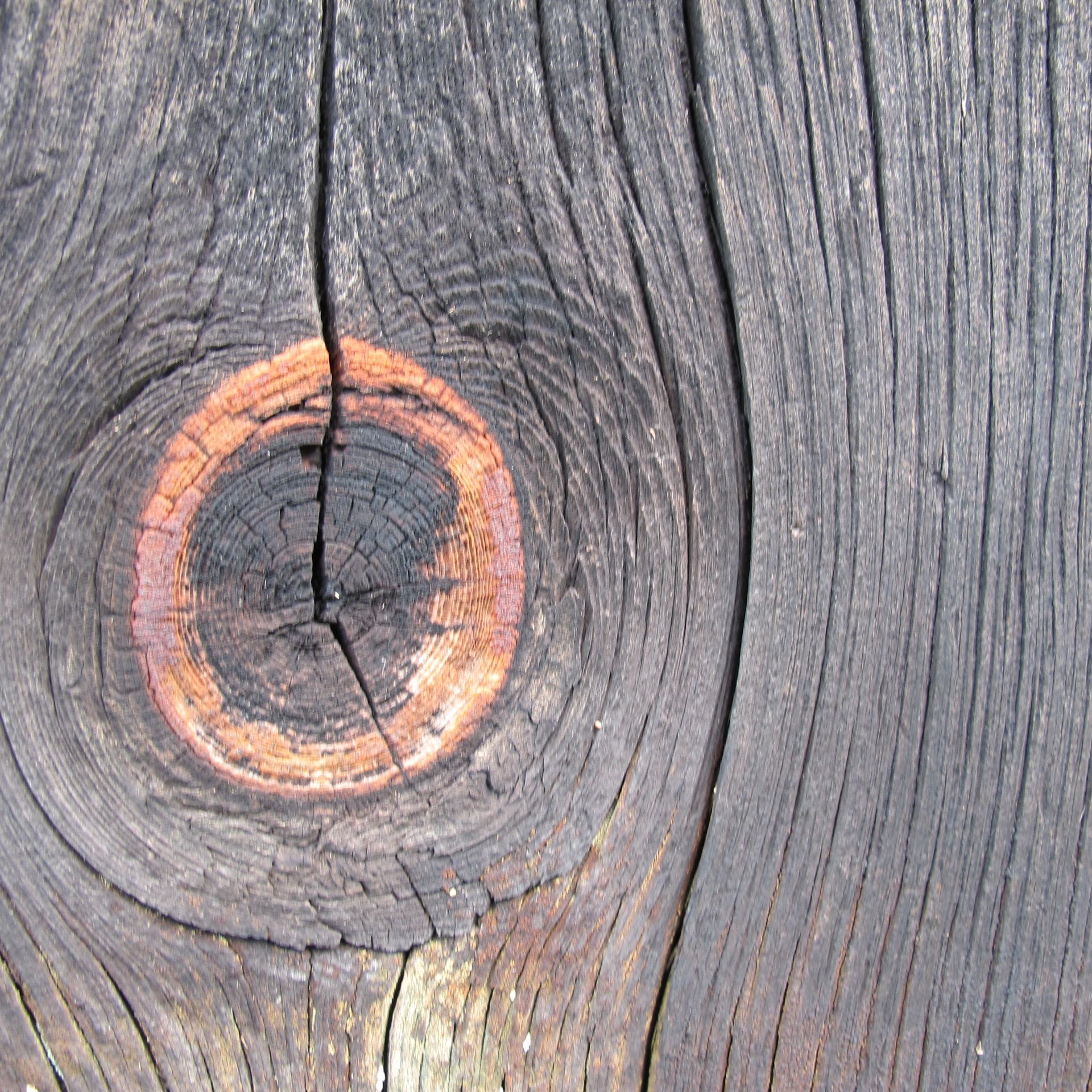How to Read Growth Rings for Wood Quality and Durability
Decoding Growth Rings for Better Wood

Ever noticed those rings on a piece of wood? They’re not just pretty patterns, they’re like a tree’s diary, telling the story of its life. These growth rings reveal a lot about the wood’s strength, durability, and overall quality.
If you’re picking lumber for a project or just curious about the wood around you, learning to read growth rings is a handy skill that connects you to the natural history of every piece of timber.
What Are Growth Rings?
Growth rings, also called annual rings, form as trees grow. In most climates, trees add one ring each year, creating a visible record of their life. Each ring has two parts:
- Earlywood: The lighter, softer part that grows quickly in spring.
- Latewood: The darker, denser part that forms in late summer and fall.
The size and look of these rings depend on the tree’s growing conditions. In good years with plenty of rain and sunshine, trees grow faster, creating wide rings. During tough times like droughts or disease, the rings are narrow and tight. These variations give wood its unique grain patterns, making every piece one of a kind.
Why Growth Rings Matter for Wood Quality
The spacing and density of growth rings can tell you a lot about the wood’s quality. Wood with tight, closely spaced rings is usually stronger and more durable than wood with wide, loose rings. That’s because slower growth creates denser wood, which is better for heavy-duty use.
For example, builders often look for wood with at least eight growth rings per inch for structural projects. This shows the tree grew slowly, resulting in strong, stable timber. However, the ideal ring density can vary depending on the type of wood and how you plan to use it.
How to Read Growth Rings
When checking growth rings, think about what your project needs:
- For strength: Look for consistent ring spacing. Uneven rings might mean the wood had stress periods, which could affect its performance.
- For stability: Pay attention to how the rings are oriented. Boards with rings running parallel to the wide face are usually more stable than those with angled rings.
The way the wood is cut also matters. For example:
- Plain-sawn boards: Show curved, cathedral-like patterns and are great for decorative purposes.
- Quarter-sawn boards: Have straight, parallel lines and are more stable, making them ideal for furniture or flooring.
Different Woods, Different Rings
Not all trees grow the same way, so their rings look different. For example:
- Hardwoods (like oak and ash): Have clear, distinct rings with visible pores.
- Softwoods (like pine and fir): Have smoother transitions between earlywood and latewood.
- Tropical woods: Often grow year-round, so their rings might be faint or even invisible.
Knowing these differences helps you pick the right wood for your project. For instance, tight rings in a softwood might mean it’s strong, while the same pattern in a tropical wood could mean something entirely different.
Tips for Evaluating Growth Rings
Check the end grain
This is where the rings are easiest to see. Look for even spacing and avoid boards with sudden changes in ring size, as these might indicate weak spots.
Count the rings
Measure how many rings are in an inch. The ideal number depends on the wood type and your project.
Look at the ring orientation
Rings parallel to the board’s face are usually more stable, which is important for projects where wood movement could cause issues.
The Stories Hidden in Historic Timber
At Bay & Bent, we’ve spent years studying growth rings in the old timber frames we restore. These ancient beams tell incredible stories, years of fast growth, periods of struggle, and the resilience that allowed these trees to thrive. The tight rings in these old-growth timbers show a level of quality that modern forestry can’t replicate.
When we dismantle historic structures, we’re not just saving wood; we’re preserving a piece of history. These timbers, with their dense grain and tight rings, are living records of forests that existed long before modern logging practices. We repair them using traditional joinery techniques and deliver them worldwide to become the centerpiece of new projects.
What Growth Rings Tell Us About Climate
Growth rings are like nature’s weather journal. They record rainfall, temperature, and other growing conditions year by year. Scientists use this data to study past climates and environmental changes. You can do the same on a smaller scale, wide rings mean good growing years, while narrow rings point to tough times like droughts or extreme weather.
Choosing the Right Wood for Your Project
Understanding growth rings helps you make smarter choices when selecting wood. Here’s what to look for:
- For stability: Pick wood with consistent, moderate ring spacing.
- For beauty: Go for boards with dramatic grain patterns if you want a unique look.
- For durability: Choose wood with tight, dense rings for long-lasting projects.
Each growth ring represents a year in the life of a tree, complete with its challenges and triumphs. By learning to read these rings, you’re not just picking a material, you’re connecting with the natural world and honoring the tree’s legacy.









